In this blog, we will try to take you into the world of traction batteries. What exactly is a traction battery, what types are there, and what can you use or deploy the traction batteries for? Of course, we will also tell you how to choose the right battery, with appropriate advice.
Traction batteries are the beating heart of vehicles such as forklifts, reach trucks, pallet trucks and stackers. Without these powerful batteries, these machines would not be able to deliver the performance that is expected of them today. But what exactly does a traction battery entail, and how do you choose the right battery for your situation?
How is a traction battery constructed?
A traction battery consists of individual cells, which are generally placed in an iron trough. The trough is provided with an acid-resistant coating to protect it. The cells in the trough have a voltage of approximately 2 volts. If all the cells are connected in series with each other, you get a battery voltage that can be 24 volts , 48 volts or 80 volts ; this depends on the number of cells in the trough. The connections, with which the cells are connected in series, consist of copper at the core for the best conductivity.
Example: A 24-volt battery has 12 cells mounted in a trough, and an 80-volt battery has 40 cells mounted in a trough.

"Here a battery cell is taken from the trough. Often a cell is broken and is replaced by a new cell so that the battery works optimally again."
Applications of traction batteries
Traction batteries are mainly used in electric vehicles such as:
Forklifts: For moving heavy loads in warehouses. For example, in carpet factories, forklifts are used to move newly made carpet from the production process to the warehouse, or to the trucks so that they can deliver it back to the customers.
Pallet trucks: For efficient work in smaller spaces such as trucks on the road supplying companies and/or loading and unloading trucks.
Stackers: For efficient working in smaller spaces. For example, smaller warehouses to stack or move pallets of goods within warehouses or distribution centers
Reach trucks: For applications at greater heights in distribution centers. For example, the large department stores all have large warehouses where they store the goods, think of IKEA or bol.com, where the goods are stored at height to use the warehouse as efficiently as possible.
As you can read, there are many different situations that require appropriate advice. We understand that and are therefore happy to help you make the right decision for the situation.


- Here you see a forklift - Here you see a reach truck


- Here you see a pallet truck - Here you see a stacker
The different types of traction batteries
There are several technologies to choose from; we highlight the following types for you : lead, acid, lithium-ion and quasar batteries.
Lead acid batteries
Lead acid batteries are affordable and reliable, but require maintenance and have longer charging times.
Advantages:
- Relatively low purchase costs.
- Suitable for heavy conditions.
- 100% Recyclable
Disadvantages:
- Requires water refill and regular maintenance.
- Longer loading time compared to more modern alternatives.
Lithium-ion batteries
Lithium-ion batteries are efficient and maintenance-free with fast charging times, but have a higher purchase price.
Advantages:
- Fast loading times, often within two hours.
- Intermediate charging possible.
- Maintenance free.
- Longer Lifespan
Disadvantages:
- Higher purchase costs.
- Specific charging equipment required.
Quasar batteries
Quasar batteries offer top performance and durability, but are relatively new.
Advantages:
- Highly energy efficient.
- Intermediate charging possible.
- Long life and reusable components.
- Suitable for the toughest applications.
- Fast loading times.
Disadvantages:
- Relatively new to the market.
-
Requires water refill.
Advantages of traction batteries
The use of traction batteries offers several advantages, namely:
- Sustainability: Electric propulsion reduces emissions and reduces environmental impact.
- Cost savings: Lower operating costs compared to fuel-powered vehicles
-
Efficiency: Long-lasting energy supply, even with intensive use.
-
Flexibility: Available in different technologies, adapted to your specific needs.
Why choose Provolt?
At Provolt, we combine years of expertise with a wide range of high-quality traction batteries. Whether you are looking for the traditional power of lead acid, the modern performance of lithium-ion batteries, or the innovation of quasar batteries, at Provolt we have the right battery to help your business move forward.
In addition, we offer expert advice, reliable service and we are happy to think along with you without obligation to optimally support your company.
Need more information?
Do you want to know which traction battery suits your situation best, or do you have questions about our range? Then contact us for personal advice. We are happy to help you with all the information you need. Call us directly for direct support!

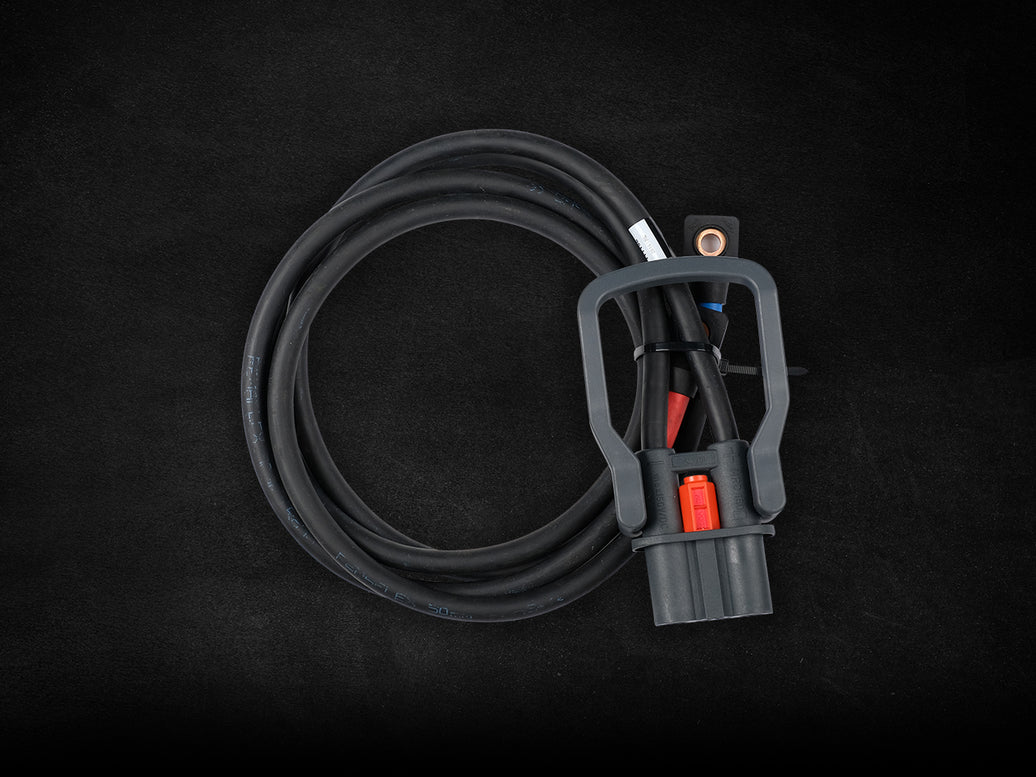
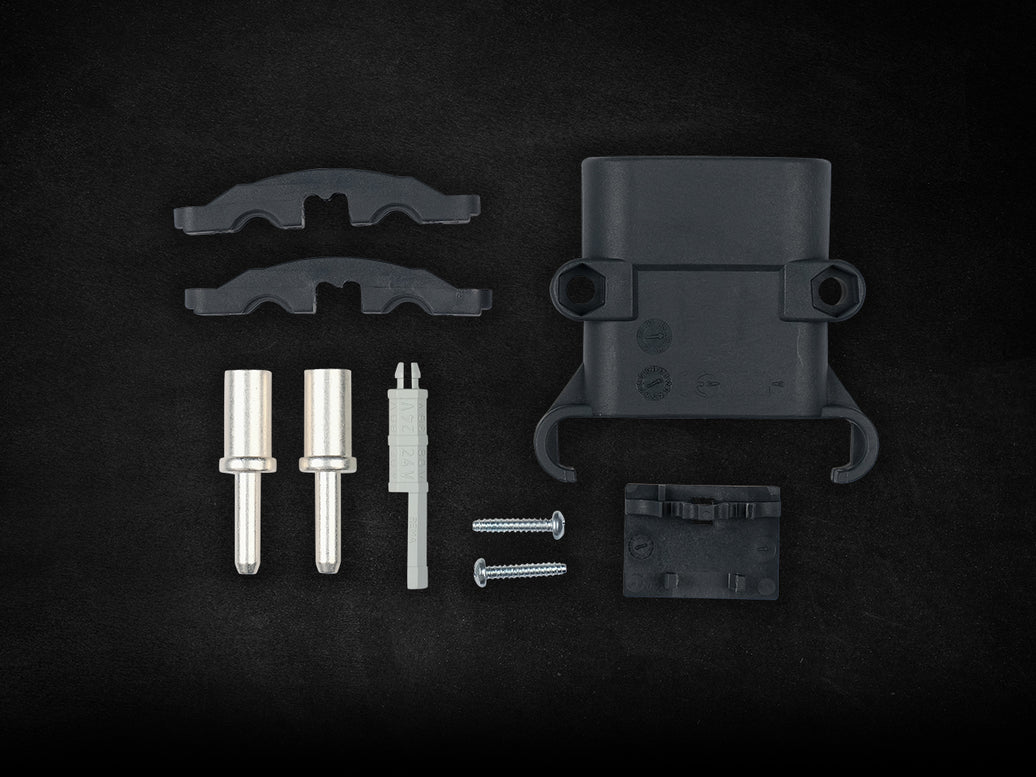
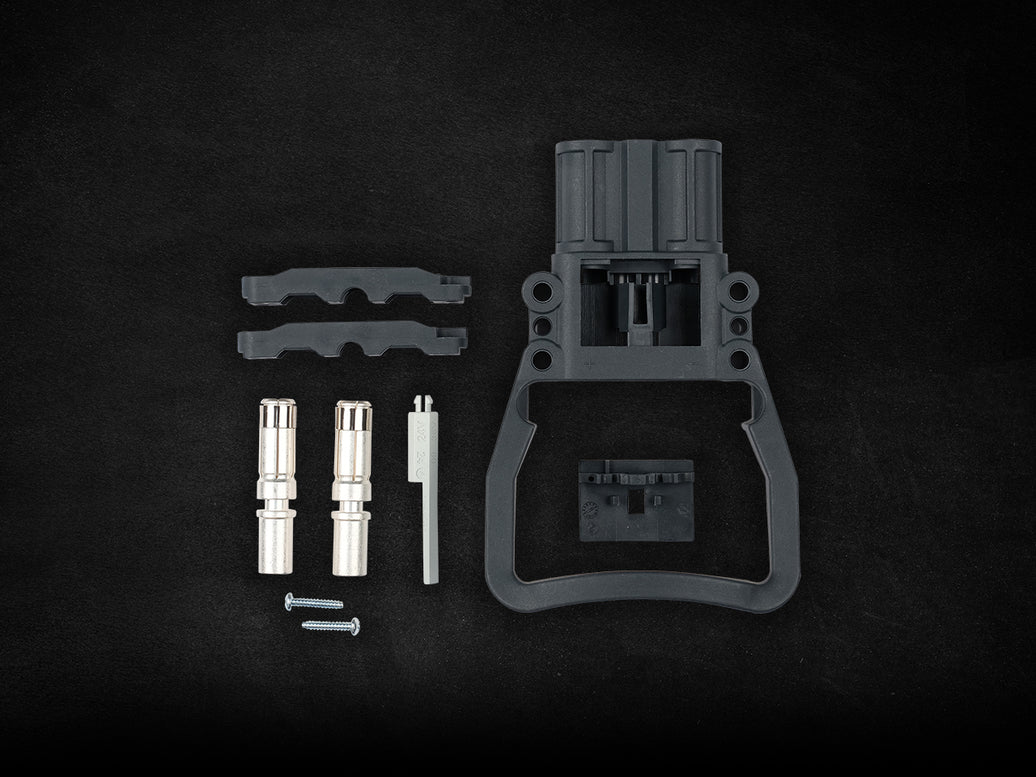
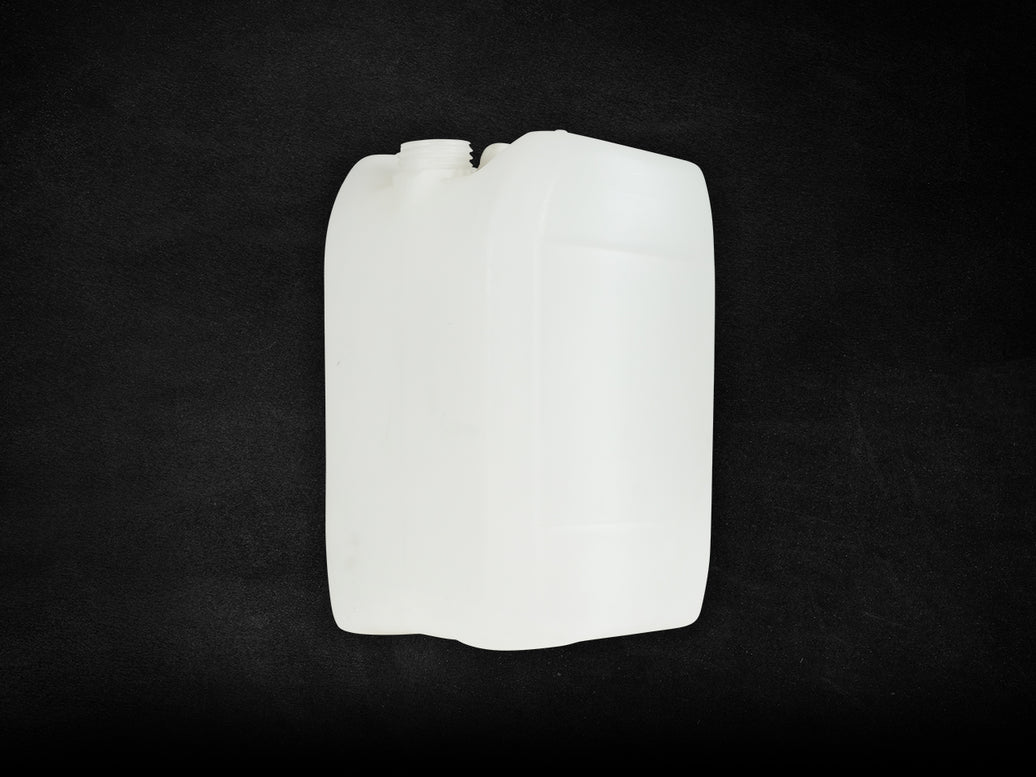
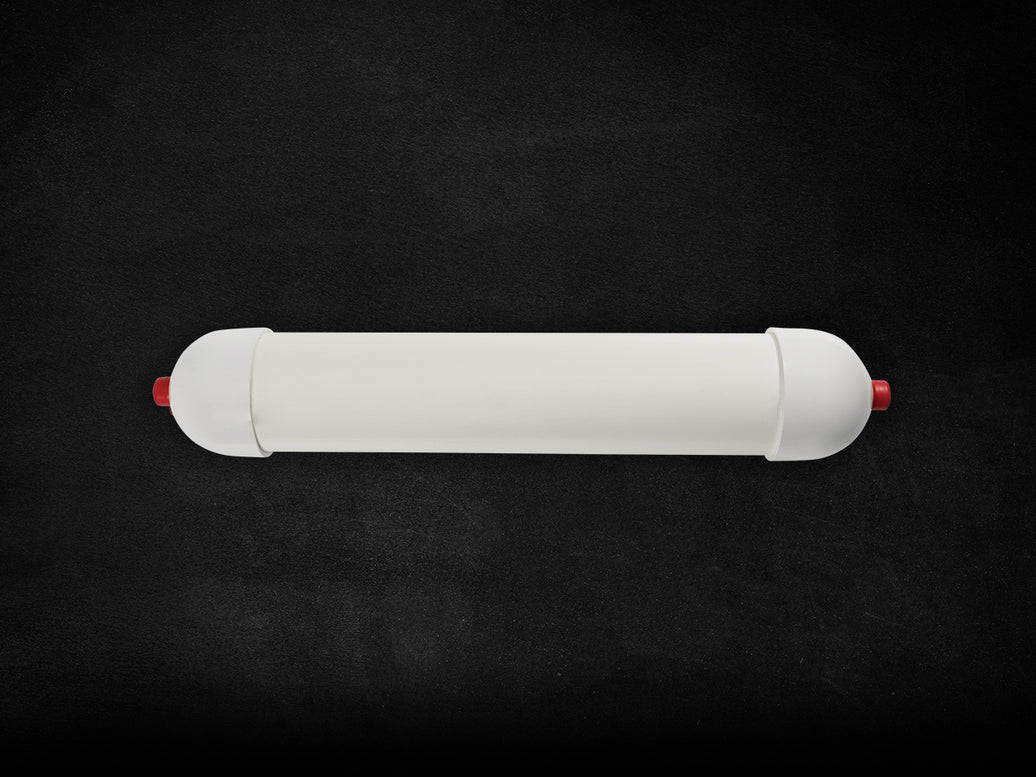

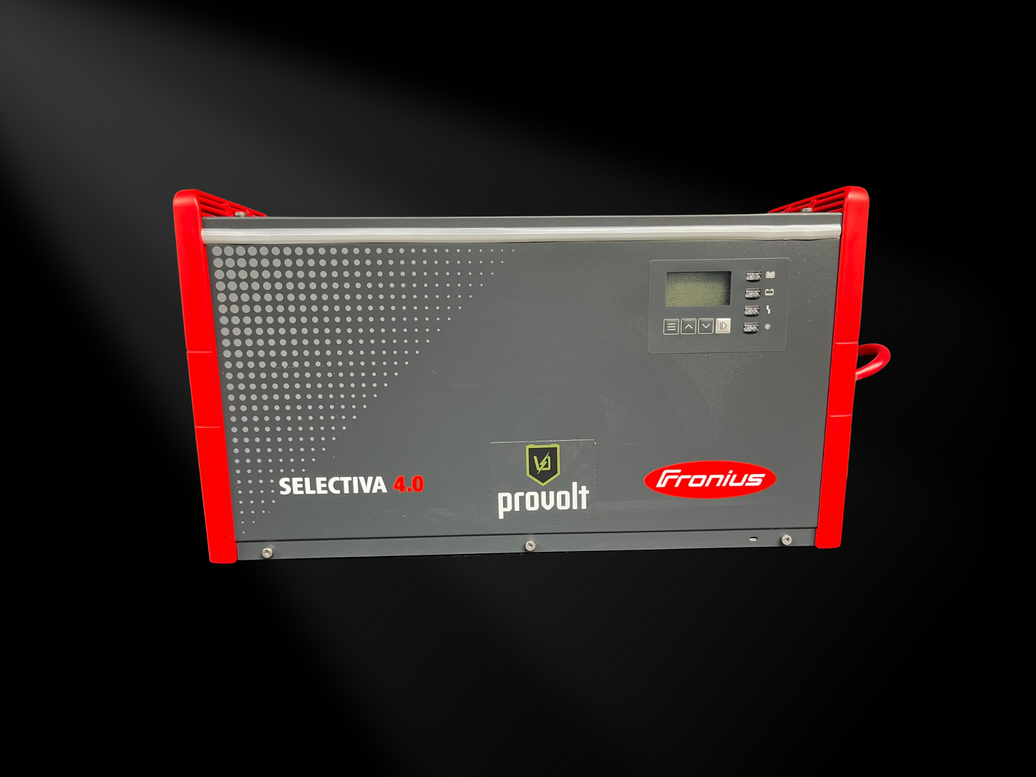
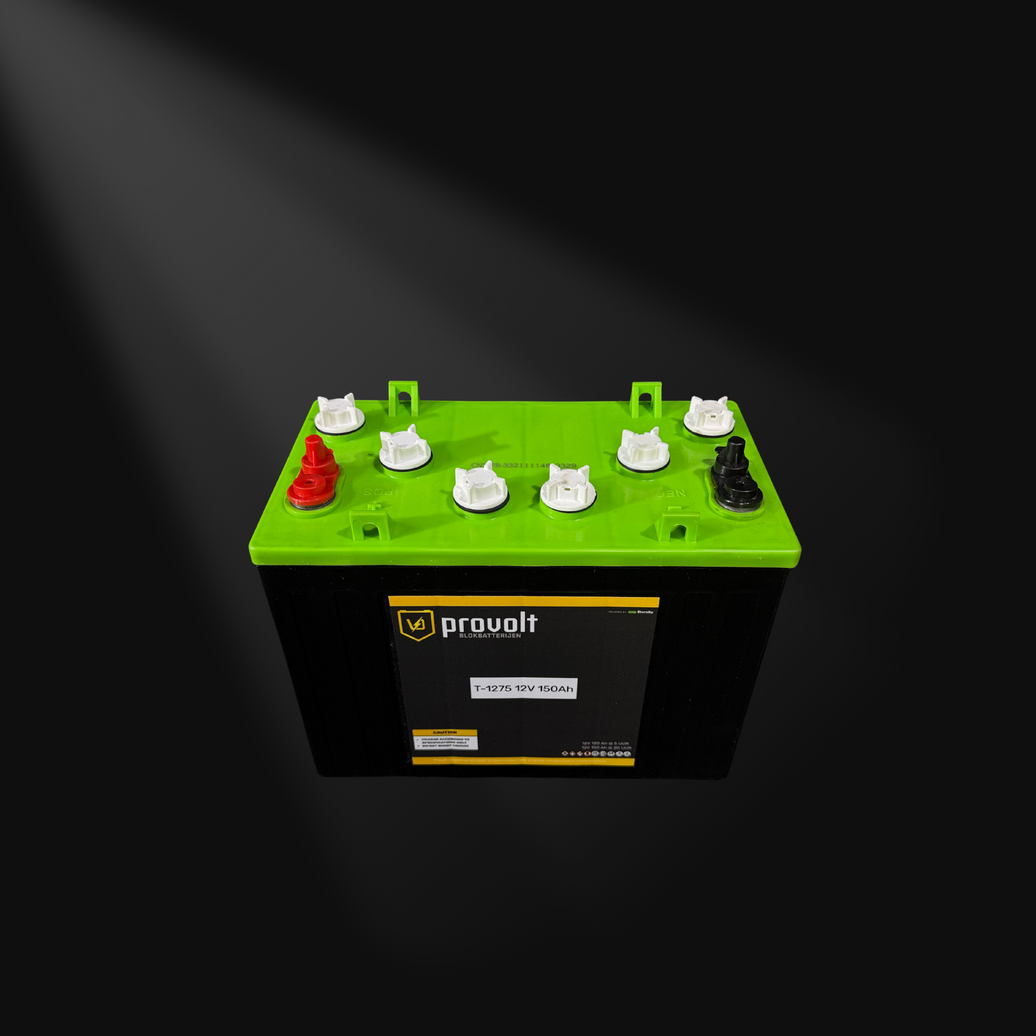
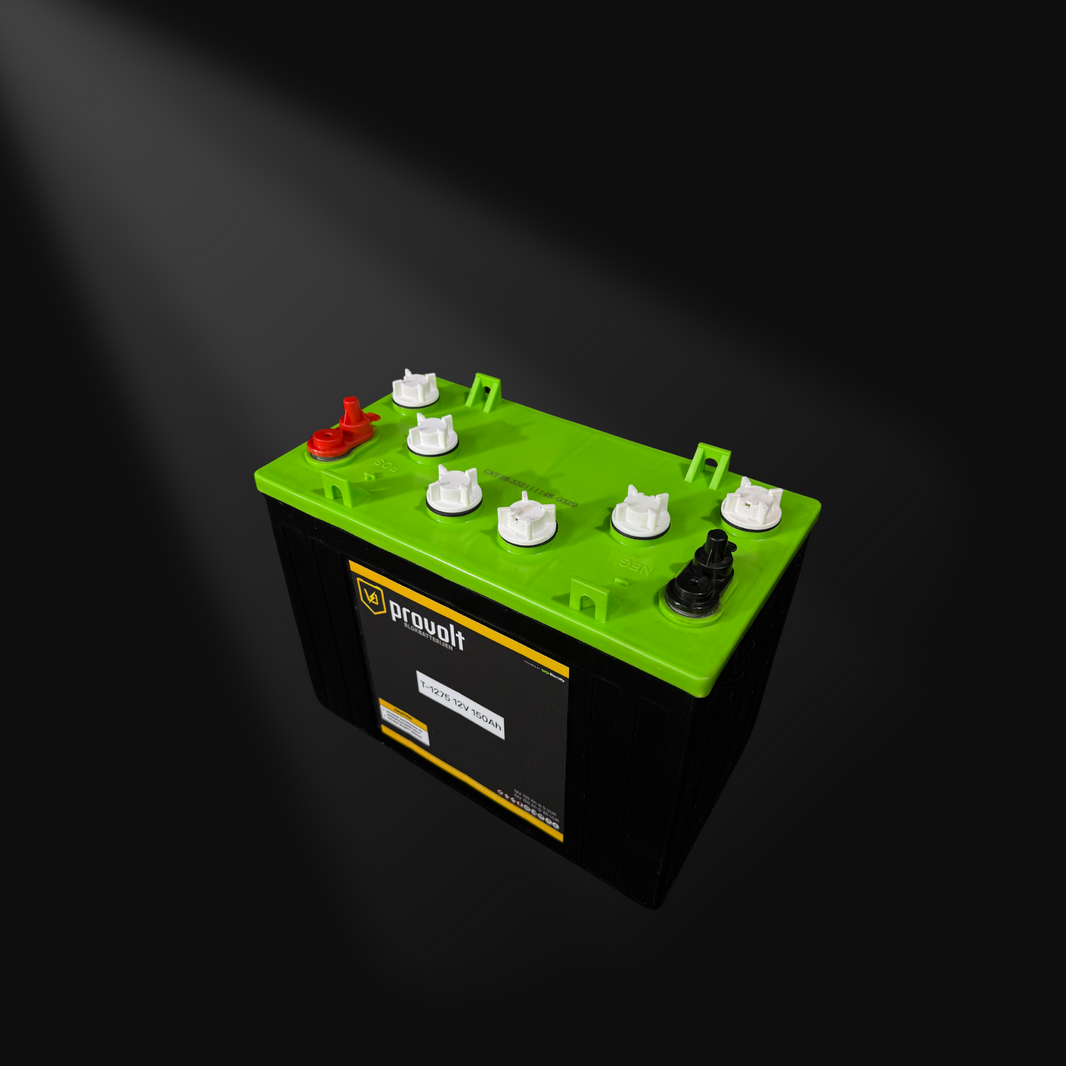
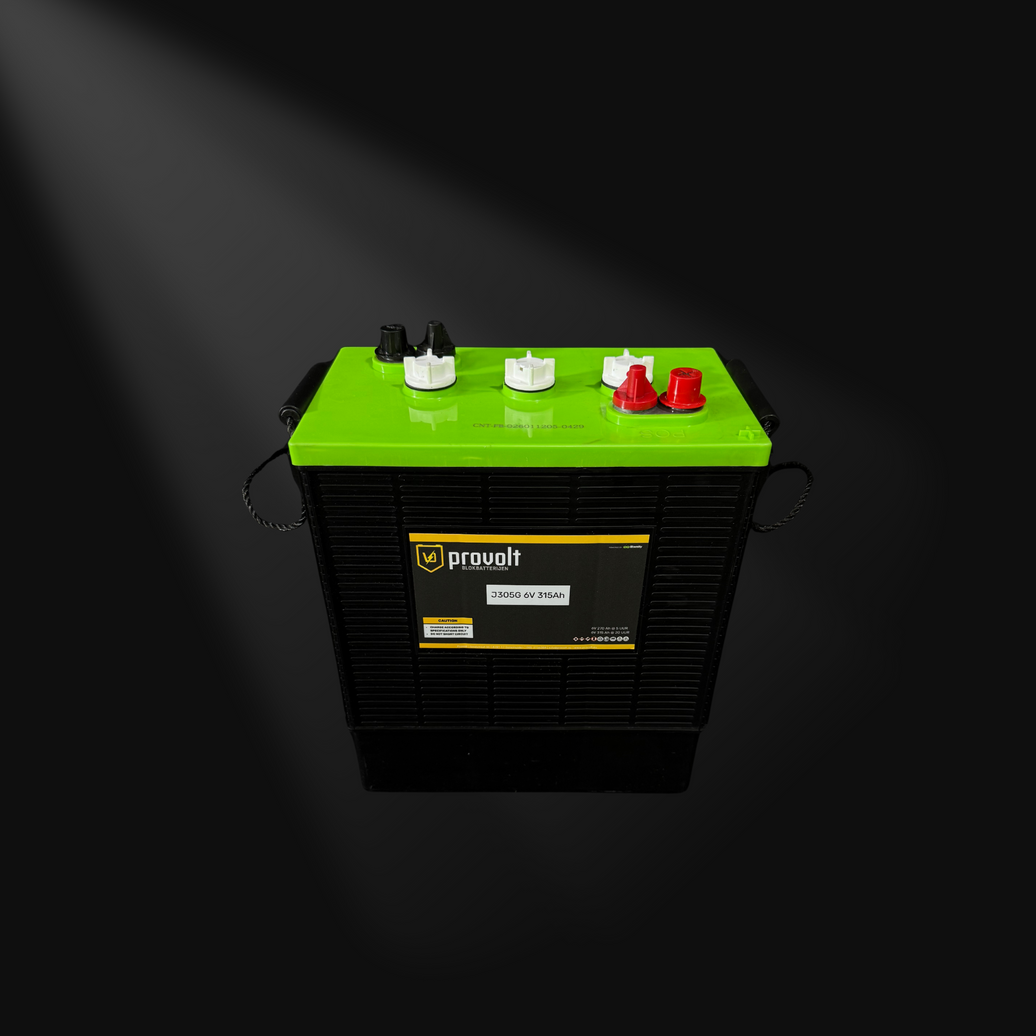
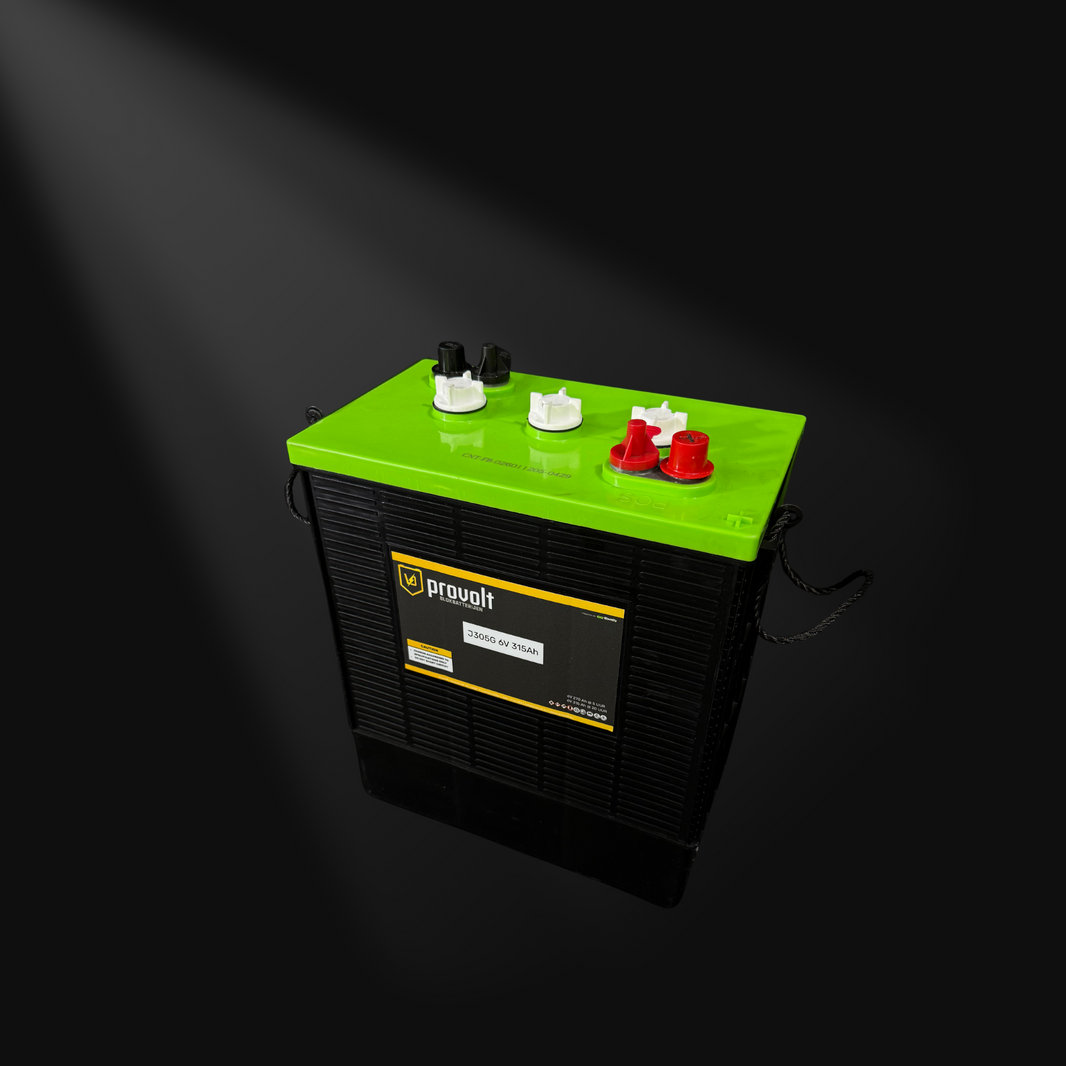
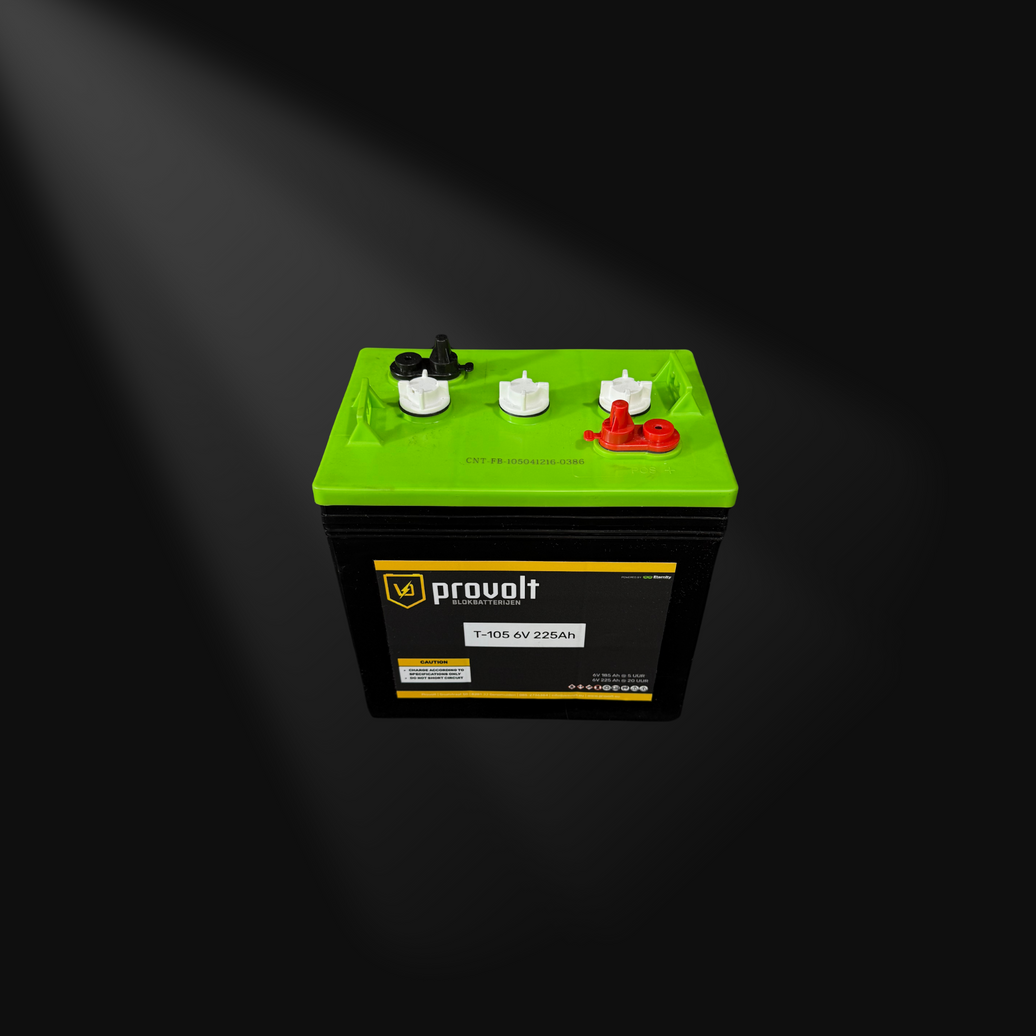
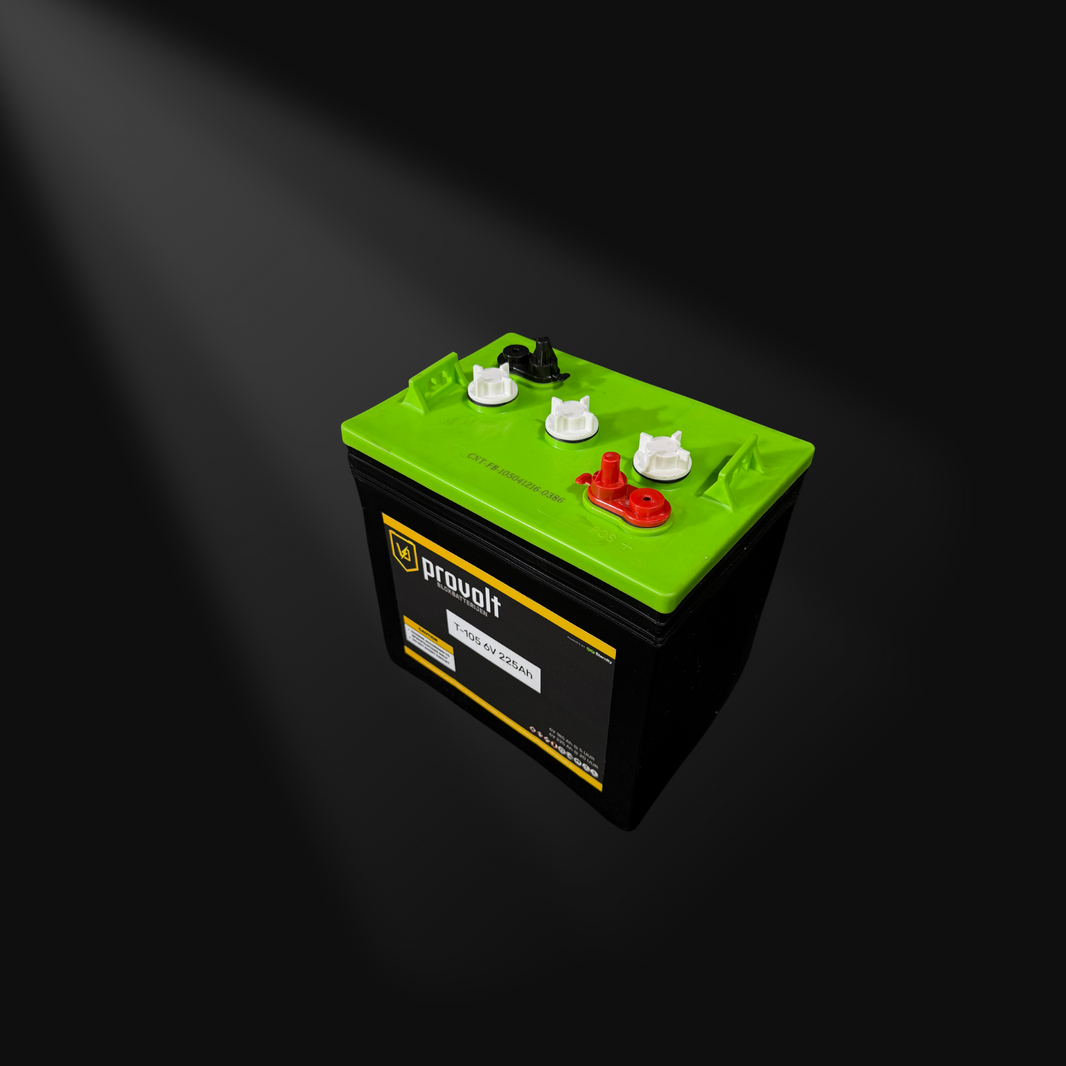
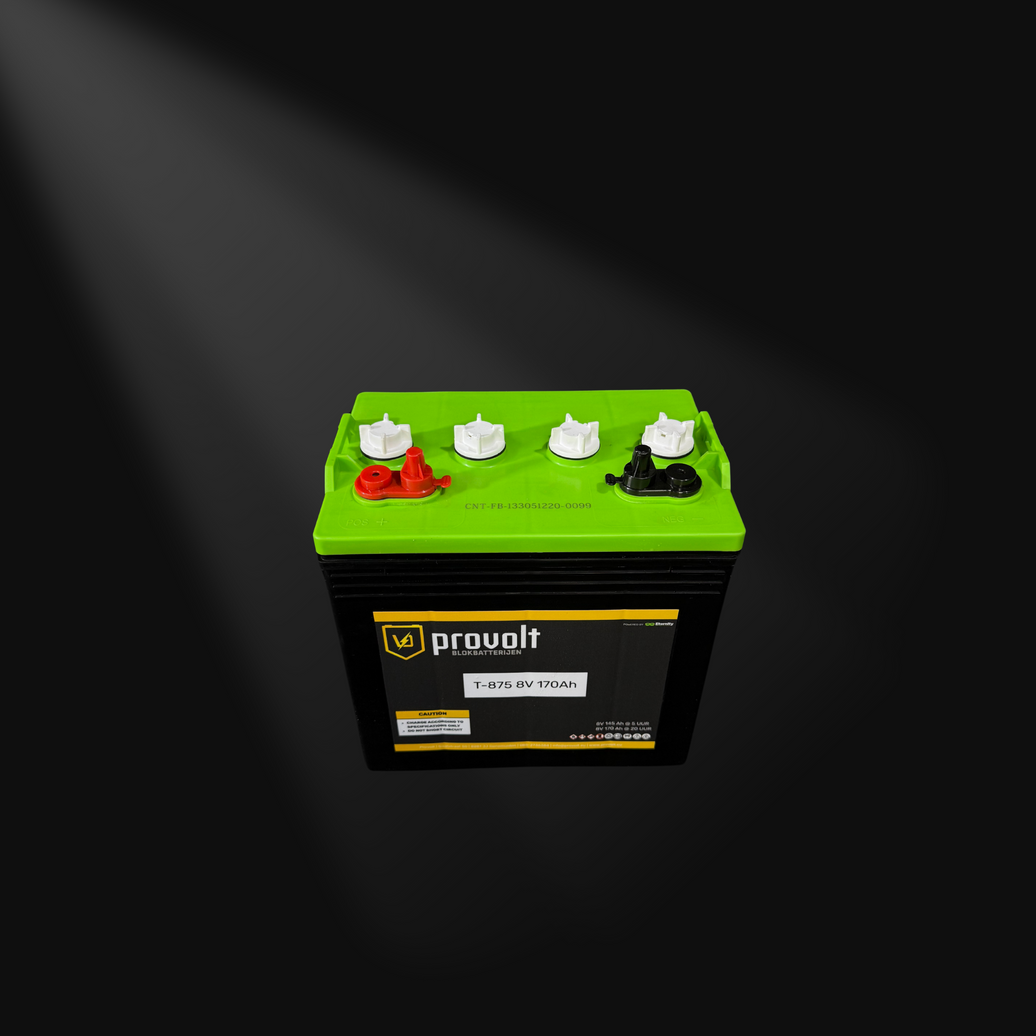


Leave a comment